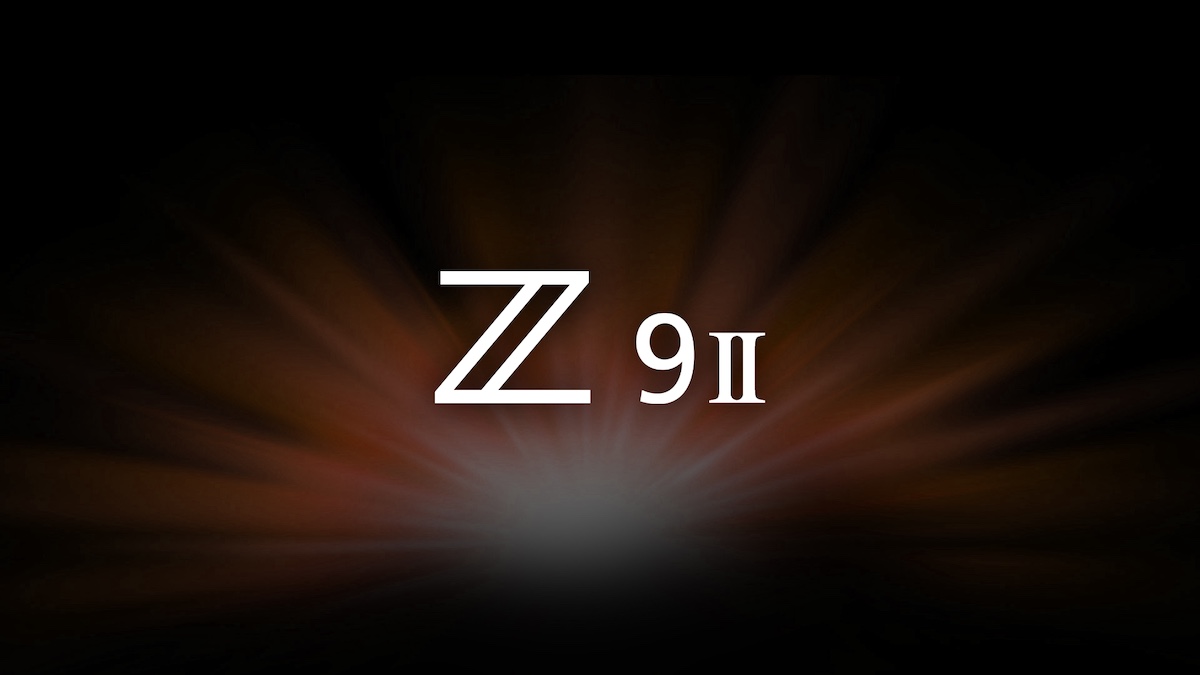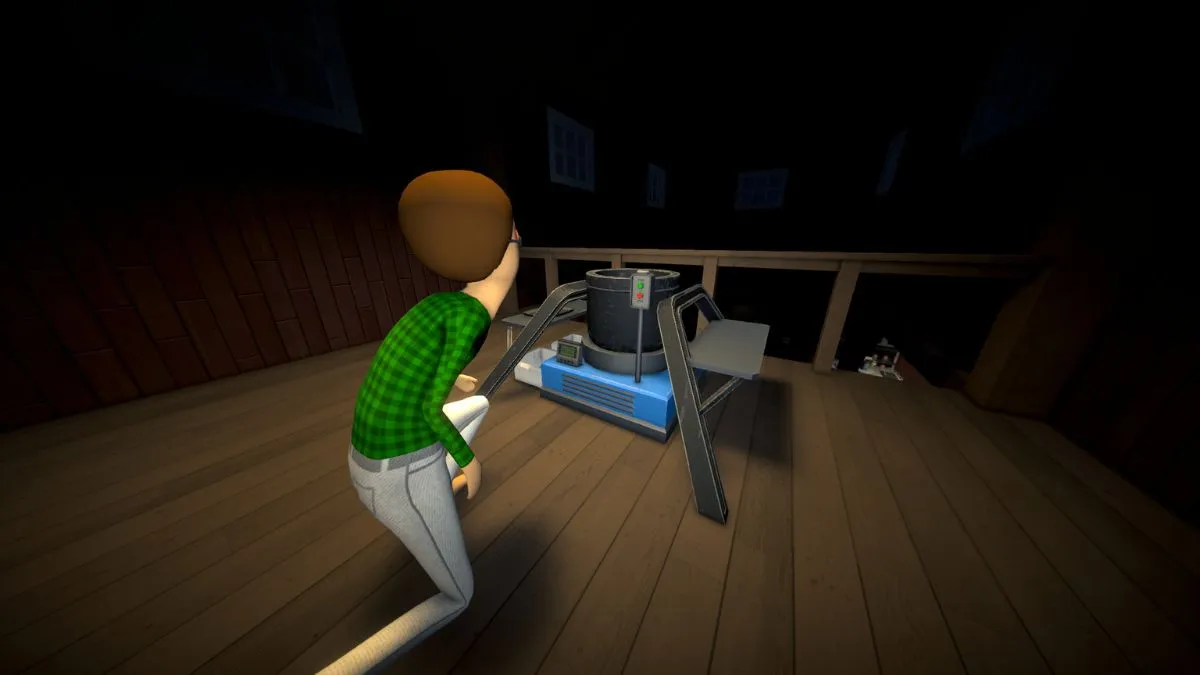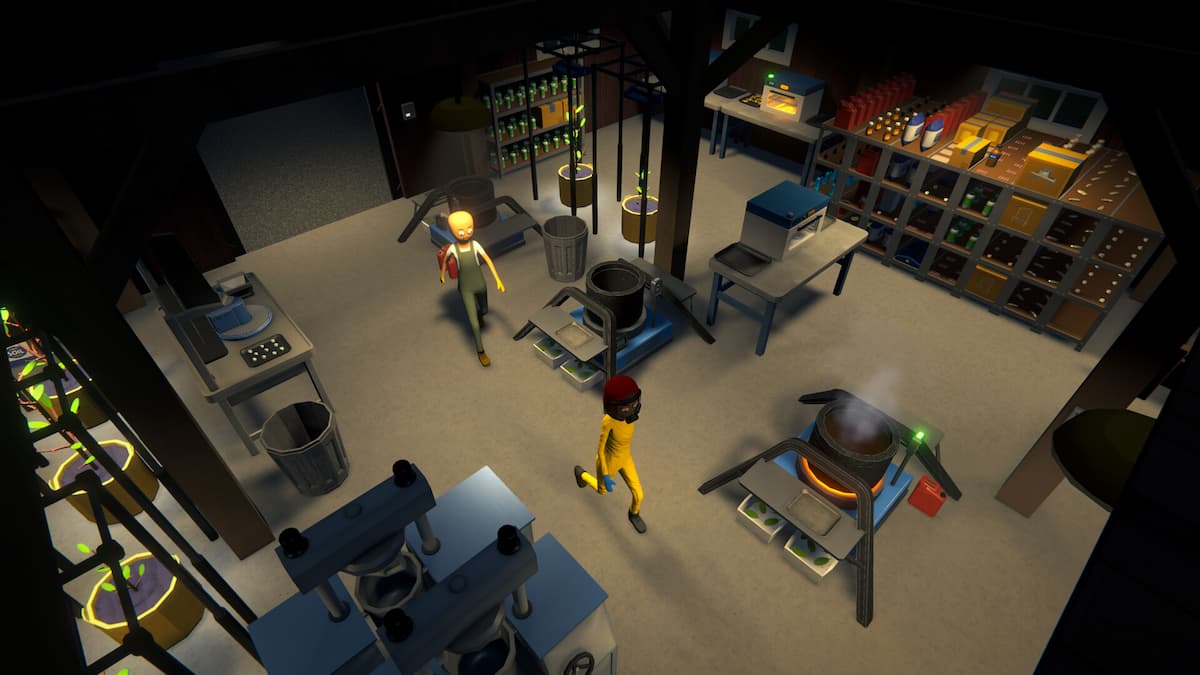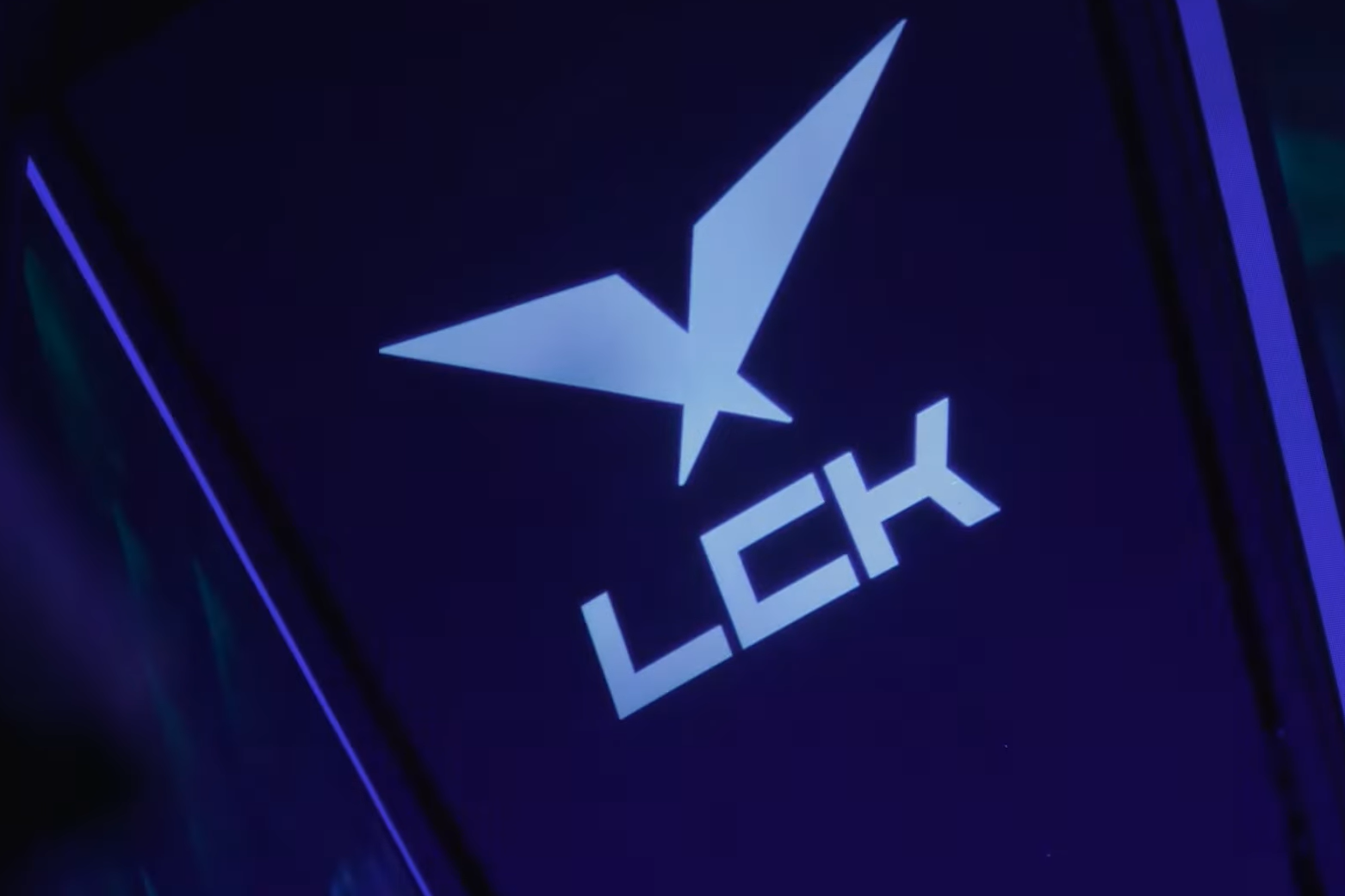Lazarus is so stylish, I don’t need to care about its mystery
Lazarus, the new anime from the legendary Shinichirō Watanabe, has a lot on its mind. There are scientific marvels, explosive action sequences, and a mind-spinning mystery that’s only just begun to be mined. But even better than all that? A show that looks and feels so good, so evocative in its designs, that nothing else […]


Lazarus, the new anime from the legendary Shinichirō Watanabe, has a lot on its mind. There are scientific marvels, explosive action sequences, and a mind-spinning mystery that’s only just begun to be mined. But even better than all that? A show that looks and feels so good, so evocative in its designs, that nothing else matters.
A new project from Watanabe is always exciting, but the lineup behind Lazarus is special, even within that context. In addition to Watanabe and animation from MAPPA (Jujutsu Kaisen, Chainsaw Man), Lazarus promised big things with the names on the score (jazz saxophonist Kamasi Washington, English DJs Bonobo and Floating Points) and designing the action (John Wick mastermind Chad Stahelski).
Through the first few episodes, Lazarus mostly lives up to that promise, with vibrant animation, terrific vehicular and architectural design, a varied, energetic score with jazzy and electronic influences alike, and a satisfying meld between Stahelski’s fluid, judo- and parkour-filled action design and MAPPA’s gorgeous visual approach. The first episode’s thrilling prison break is an early introduction to this, making the most of the environment, the medium, and the protagonist’s particular set of skills (and his attitude) to create a high-octane action sequence. All those elements work together to create a pure aesthetic treat — even when the story beats feel similar, or the mystery feels too distant, Lazarus remains a thoroughly enjoyable and engaging experience.

Set in the 2050s, the story follows a group of skilled young people who have been coerced with violence into working for a secret organization called Lazarus. Together, they are searching for the infamous Dr. Skinner. Three years earlier, Skinner invented and released the miracle drug Hapna, which apparently cures physical and psychological maladies. But a disgruntled Skinner has recently made a dramatic announcement, claiming to have made the drug a ticking time bomb that will kill anyone who used it exactly three years later. That deadline is coming up, and the secret Lazarus team has been assigned to find him, and maybe even a cure.
The Lazarus team will be recognizable to fans of other Watanabe projects, even just to those familiar with Cowboy Bebop: It’s a mismatched group of ne’er-do-wells and rules sticklers that somehow translates into a classic group hangout vibe — the stuff great TV has been made of since the format became popular. There’s the lanky, nigh-unstoppable protagonist; the buttoned-up professional; the eccentric woman with a mysterious past; the super hacker; and the young goofball — plus an adorable animal (this time, a fat cat instead of a corgi). Axel, a recently escaped prisoner who is the newcomer to the group, tests this dynamic at every opportunity, valuing his independence and needling his newfound comrades constantly.

The show’s world-building is mostly strong, too, though sometimes in surprising ways. (I would love to take the hyper-cube to Istanbul, but it’s hard to imagine a world where we achieve high-speed international hyper-cube transport but can’t do anything about climate change.) Lazarus’ world mostly feels like a future version of our world — modern-day staples like Wikipedia, the Avengers, and Texas Chainsaw Massacre all get mentioned or play a part, but the neon-infused environment and sci-fi vehicle designs straight out of a kid’s dreams of flying cars give the world its own flair.
This approach exists in the smaller moments, too: My favorite is a David Letterman-style talk show, where the host is interviewing a pop artist about her upcoming album, and the pair joke about how no one will engage with their projects once everyone is dead. It’s a funny exchange, but there’s something deeper that Lazarus is driving at here; in this apocalyptic scenario where humanity seemingly has just weeks left to live, we’re still going through the daily motions of life and airing late-night talk shows. It’s a particularly effective note in our current historical moment.

Where Lazarus loses me so far, much like Severance, is in the show’s grander mystery. Some of it has me bored, some of it has me skeptical, and, admittedly, some of it does have me curious (back to that damn hyper-cube…). Each episode promises a step closer to finding Dr. Skinner, but I find myself checking out on the slowly doled-out micro details of their investigation and instead focusing on the many details of the evocative art style — vivid facial expressions, breathtakingly cool futuristic buildings and vehicles, and the thrilling action sequences that perfectly match the fluid animation.
There are beguiling elements to the show’s bigger questions — How do we spur people into necessary grand action? Why would someone do this in this way? Is it all a ruse? What’s with all the religious iconography? — but they’re all so intentionally muddied that there doesn’t feel like much to hang your hat on when it comes to theorizing. But maybe that’s OK: While I’m not sure how I feel about the show’s bigger questions and where they are heading, I am sure of the aesthetic approach. But that doesn’t really matter; while the mystery builds in the background for me, the show is still bringing together the singular action design of Chad Stahelski (now in a new medium!), the groovy vibes of some incredible and varied musicians, and the evocative designs and world-building of Watanabe and co. That’s more than enough for me to chew on while I wait for the end of the world.
The first episode of Lazarus premieres April 5 at midnight on Adult Swim and the next day on Max. New episodes will premiere every Thursday after that.

































































![Spirit CEO: "[m0NESY] is an incredible player and I’d love to work with him, but right now we have someone just as good"](https://img-cdn.hltv.org/gallerypicture/wMemh1NUMeyhdnS2OiK0MQ.jpg?auto=compress&ixlib=java-2.1.0&m=/m.png&mw=107&mx=20&my=473&q=75&w=800&s=8cac8af50bb8fc83d0314e59a6cb6f2f#)






















































































































.jpg)














































































